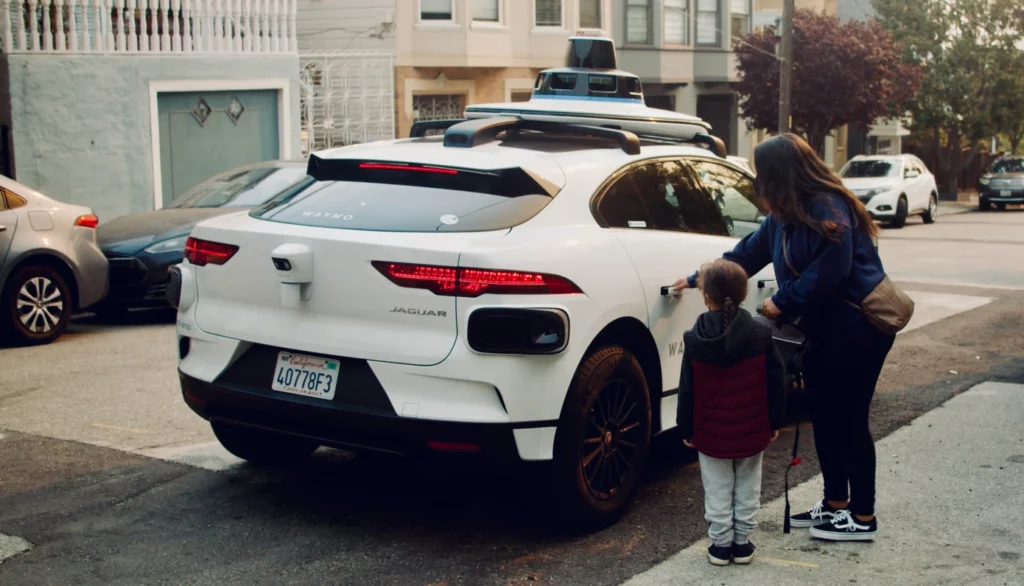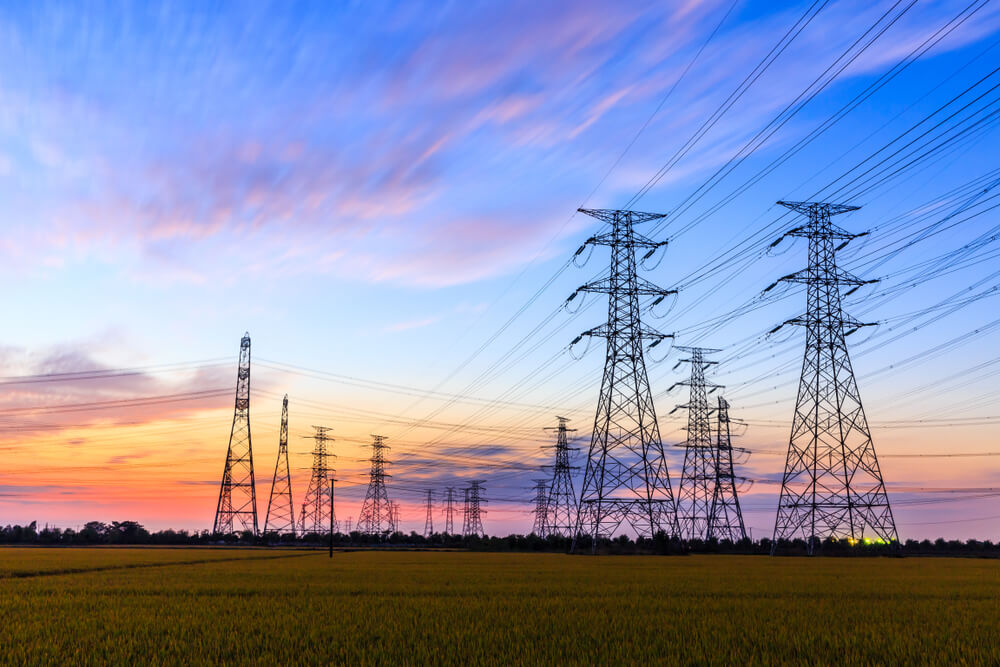This month, we see how much carbon removal has grown, talk transmission troubles, celebrate meaningful advancements in autonomous vehicles, and more!

Carbon Removal Grows Up
Last month, a couple things happened in the carbon removal space. A new trade group called the Carbon Removal Alliance emerged, which will coordinate and advocate for durable carbon removal solutions, like CO2 injection, bio oil injection, and mineralization – stuff that stays put for a really freaking long time. These folks are generally working on pretty early technologies, and the solutions cost a lot, but have the potential to be very effective. They are differentiated from ‘generic’ carbon credits, which tend to be much much cheaper, but also less permanent (think new trees being planted). While it’s a lot easier to plant trees than to mineralize CO2, there are drawbacks as well – they can be cut down, they can burn down, and they are eventually going to re-release their carbon.
The carbon removal companies are trying to position themselves as a permanent, serious, and more credible solution. To that end, a number of stakeholders in this space also released a letter pushing for an independent standard body – to establish an entity to verify carbon removal credits. In the broader carbon credit marketplace right now, it’s a bit of a wild west with questionable rigor, conflicting incentives, and scandals – a reputation the carbon removal folks want to get away from.
These growing pains, paired with data from PitchBook which shows that carbon investments were one of the most resilient areas in venture capital in 2022, indicate that the industry is continuing to evolve and mature. This continues to be a fascinating and rapidly evolving space – one that is both very early (the OGs have only been doing it about 10 years), but also very important (to hit our climate goals, we may need a carbon removal industry several times the size of the natural gas industry in the United State by mid-century).

Credit: Waymo
Autonomous Vehicles Are Actually Happening
I listened to a great podcast from Canary Media a few weeks ago, that discussed how the autonomous car bubble had popped (keying in on the shutdown of Argo AI). That episode did a great job explaining why things had played out as they had; but it also highlighted that, while expectations for autonomous vehicles are now much lower than they were a few years ago, the technology itself is actually dramatically improved. So, although it may not be getting a lot of mindshare these days, there are actually companies operating autonomous cars on public roads, without human drivers behind the wheel, entirely legally!
GM’s Cruise, Google’s Waymo, and Amazon’s Zoox are all doing some version of moving people around the bay area without human drivers right now. I think this is amazing! These are a mix of modified passenger vehicles and futuristic bidirectional shuttles with no driver’s seat or steering wheel. I am definitely long on autonomous minishuttles; while people are going to own cars for a long time to come, I think the autonomous shuttles have the potential to have significant impacts to the way people move around, because of their relatively lower cost to both own and operate (compared to a full scale bus) – think shuttle service that shows up every 90 seconds, with useful transit routes in suburban sprawl, and probably a lot of other things I haven’t thought of. Sign me up!

Credit: SNC Lavalin
Transmission?
DOE is moving in the direction of transmission development with this recent study. Transmission is one of the biggest, least talked about challenges in our energy transition. For better or worse, transmission isn’t a technology challenge the way decarbonizing steel or aviation is, but it’s potentially even harder, because it involves humans. Misaligned regulatory spheres, local market fiefdoms, deciding who pays… these are not things you can invent a single solution from. We know we can make our grid more reliable and lower cost (and also better to incorporate new renewables) with more connections between the regions and more transmission lines, but it is going to be a long slog to actually get there. On that note, we need some significant interconnection reform (the process by which new generation assets get connected to the grid. The New York Times has an excellent article on this challenge.
A New Era of Electric Vehicle Competition
Tesla is opening up (some) of its supercharger network to other vehicles, as part of doubling its capacity and as a condition of getting federal infrastructure funding. I think the federal government is smart to use this significant infrastructure funding opportunity to implement basic quality standards for EV charging that will create a much better user experience for customers (with common charging ports, uptime requirements, and smartphone friendly payments that should help reduce some of the friction of the public charging experience).
This is a new era of EV competition, where it’s not just Tesla and everybody else. Teslas continue to be popular, they are just not the only game in town any more, and automakers are now competing on features and price. Hyundai recently announced its new Ioniq 6 EV sedan, which has a range of 361 miles – and this is the base version (not an upgrade for a gigantic battery.
Midwest climate action
Some positive news from our neck of the woods – Minnesota passed new legislation requiring 100% carbon free electricity by 2040, while Illinois passed legislation that standardized siting requirements – essentially it forbid counties from jamming up renewables projects with arbitrary requirements (Illinois had previously signed a 100% zero carbon energy by 2045 bill into law about 18 months ago). I have heard this described as ‘banning the bans’ – sort of similar to how California is trying to enable the building of more affordable housing by limiting the ways local jurisdictions can block it.
Like a zone blocking scheme where free lineman must move on to the next assignment, legislative and regulatory action is reflecting the evolution of policy post Inflation Reduction Act. The incentives are in place at the federal level; some states are moving to make sure they get to participate and lead in the clean energy boom, while others are working on removing obstacles (siting, permitting, and interconnection being major ones; transmission and workforce challenges are a couple others that are emerging unsexy challenges – FERC is a major player here).
Other News
United Airlines is launching a $100 million fund with industry partners including Air Canada, Boeing, and GE Aerospace. The United Airlines’ Ventures Sustainable Flight Fund will fund investments in sustainable aviation fuel. United has been and continues to be a leader in pursuit of sustainable aviation fuels. Fun fact, sustainable aviation fuel spin-out LanzaJet is run by Jimmy Samartzis, who was an executive at United Airlines (covering sustainability, amongst other areas). Link
Northwest Ohio may not be famous for much, but I think that will actually change over time, as the Toledo area continues to build out a robust American made solar manufacturing hub. Toledo is the center of the universe for thin film solar PV – as opposed to crystalline silicon PV, which is almost entirely manufactured in Asia today (although this may change significantly with the Inflation Reduction Act). Link
Geothermal company Fervo Energy is piloting co-development of direct air capture (carbon removal) projects with its geothermal projects. This is an interesting marriage – most direct air capture (DAC) projects require a lot of energy, and the heat from geothermal energy helps improve the DAC process. Link (hat tip Carbon180)
Evergreen portfolio company NanoGraf recently raised a $65 million series B to scale production of its innovative high energy density battery anode material (conveniently located here in Chicago’s West Loop). Link
I thought this was interesting – market research firm Adamas intelligence noted that if you look at EV sales in December of a given year, that figure is a pretty reliable predictor for how many vehicles are going to be sold in the next calendar year. Link
Most of the new generation being built in 2023 is solar. Link
There are a lot of companies trying to be involved in voluntary carbon markets. Link (hat tip Shanu Matthew)
Also
Evergreen is hiring a Director of Marketing & Communications – come work with us! Link